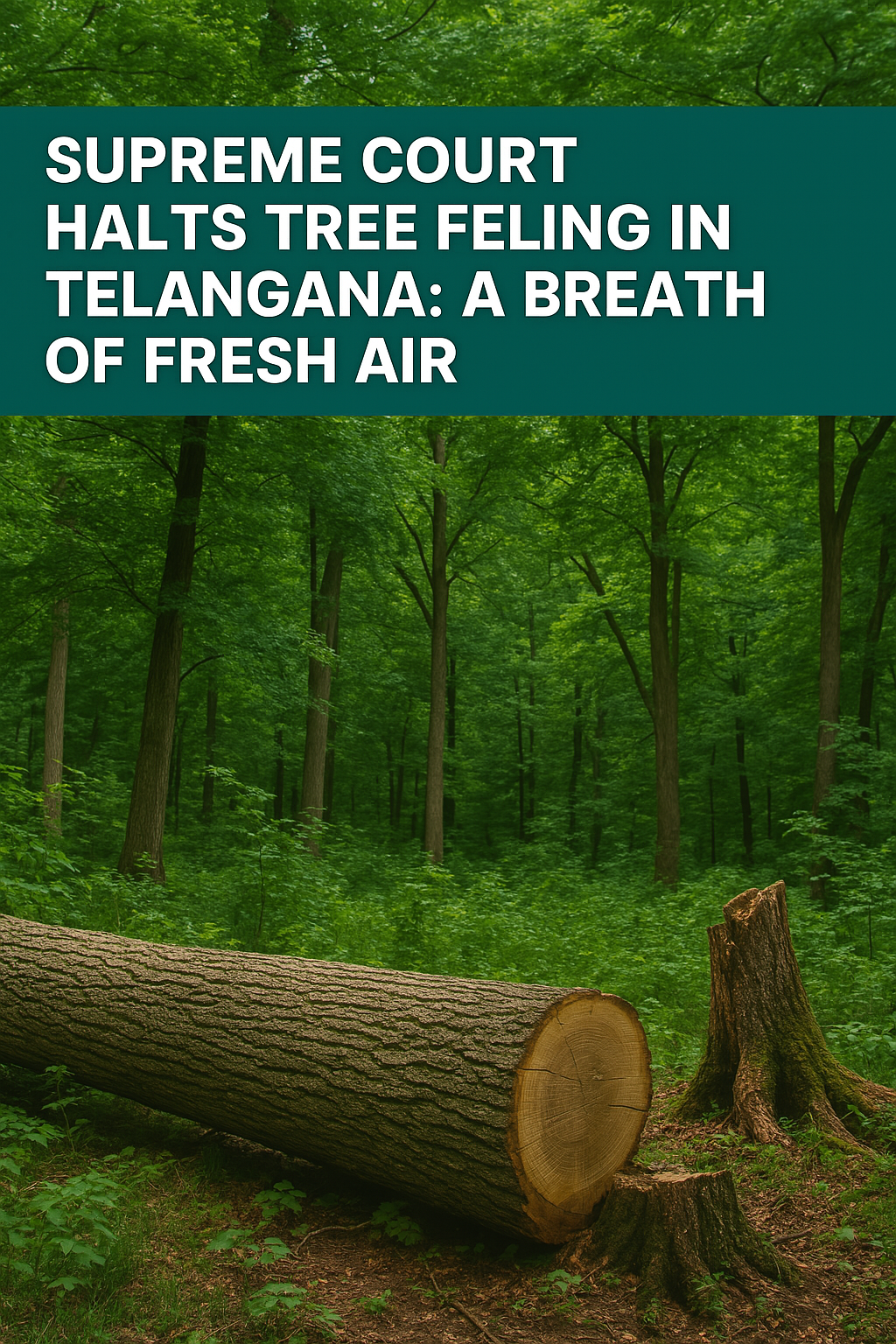Environmental laws at Brazil
Brazil, as one of the largest and most biodiverse countries in the world, has a wide-ranging legal framework for environmental protection. The country has established laws and regulations to safeguard its natural resources, such as the Amazon Rainforest, Pantanal wetlands, Cerrado, and Atlantic Forest, as well as to address various environmental concerns, including deforestation, pollution, and climate change. Below is an overview of key environmental laws and regulations in Brazil:
1. The Constitution of Brazil (1988)
The Brazilian Constitution of 1988 is the cornerstone of the country’s environmental legal framework.
Article 225 of the Constitution establishes that:
Everyone has the right to an ecologically balanced environment, and it is the duty of the government and society to preserve and protect it.
It explicitly emphasizes the protection of biodiversity, the Amazon rainforest, and water resources.
It mandates that development must be sustainable and that public policies should integrate environmental preservation.
This constitutional provision has been pivotal in shaping subsequent environmental laws and regulations.
2. The Environmental Crimes Law (Law No. 9,605/1998)
The Environmental Crimes Law (Law 9,605) criminalizes a range of activities harmful to the environment, such as illegal deforestation, wildlife poaching, water pollution, and the improper disposal of hazardous waste.
Key provisions:
The law defines environmental crimes and the corresponding penalties, which can include fines, imprisonment, or both.
It allows authorities to confiscate equipment and goods used for illegal environmental activities.
Companies and individuals can be penalized for causing environmental damage through negligence, recklessness, or intentional violations.
Environmental fines are used as a tool for deterrence.
3. The Forest Code (Law No. 12,651/2012)
The Forest Code regulates the use and conservation of forests and other natural areas in Brazil. It establishes guidelines for landowners and agricultural producers to ensure that they comply with environmental protection requirements on their land.
Key features of the Forest Code:
Native vegetation protection: It requires landowners to maintain a legal reserve of native vegetation on their properties—20% of rural properties in the Legal Amazon and 80% in other regions must be preserved.
Riparian forest protection: It mandates the preservation of riparian forests along watercourses (i.e., maintaining forest cover along rivers and streams).
Environmental regularization: The law includes mechanisms for regularizing deforested or illegally cleared land, including the creation of environmental reserve quotas (CRA), which can be used to offset environmental liabilities.
4. The National Environmental Policy (Law No. 6,938/1981)
The National Environmental Policy (PNA), established in 1981, set up the foundations for environmental management in Brazil.
The law:
Establishes the National Environmental System (SISNAMA), which is a framework for coordinating environmental actions at the federal, state, and municipal levels.
Aims to promote sustainable development by integrating environmental considerations into all public and private policies.
Encourages the participation of society and public organizations in environmental decision-making.
5. The National System for Environmental and Water Resources Management (SISNAMA)
The National System for Environmental and Water Resources Management (SISNAMA) coordinates actions between various levels of government (federal, state, and municipal) for environmental management.
It involves agencies such as the Brazilian Institute of Environment and Renewable Natural Resources (IBAMA), which is responsible for environmental monitoring and enforcement.
It also coordinates efforts for the conservation of water resources, ensuring that the management of water bodies and their surrounding environments follows sustainable principles.
6. The Water Resources Law (Law No. 9,433/1997)
The Water Resources Law regulates the management of Brazil's water resources, ensuring their sustainable use and preservation.
Key provisions:
It establishes the principle of public domain over water resources, emphasizing that water is a national heritage.
It introduces the concept of Integrated Water Resources Management (GIRH), where the management of water resources involves local, regional, and national participation.
It created basin committees, which are responsible for making decisions related to water management in river basins.
It established the National Water Agency (ANA) to manage and regulate water resources across the country.
7. The National Biodiversity Policy (Law No. 13,123/2015)
This law regulates biodiversity conservation in Brazil, focusing on sustainable use and the protection of native species and ecosystems.
It addresses issues such as the access to genetic resources and traditional knowledge of indigenous and local communities, with a focus on sharing the benefits of these resources.
The law established the National System for the Conservation of Biodiversity and seeks to harmonize national efforts with international biodiversity agreements, such as the Convention on Biological Diversity (CBD).
8. The National Climate Change Policy (Law No. 12,187/2009)
The National Climate Change Policy aims to address the challenges of climate change in Brazil, focusing on both mitigation and adaptation strategies.
Key objectives:
Reducing greenhouse gas emissions (Brazil committed to reducing emissions by 37% by 2025, compared to 2005 levels, and by 43% by 2030).
Promoting renewable energy and energy efficiency.
Implementing adaptation measures for vulnerable regions, particularly in coastal areas and the Amazon.
Encouraging the use of carbon credits and other market-based mechanisms to support emission reductions.
Brazil is actively engaged in international climate agreements, including the Paris Agreement.
9. Environmental Licensing Law (Law No. 6,938/1981)
The Environmental Licensing Law requires that projects with potential environmental impacts undergo a thorough environmental licensing process before they can proceed.
The process includes:
Environmental Impact Assessments (EIA), which analyze the potential effects of a project on the environment.
Public hearings and consultations with affected communities and stakeholders.
The law mandates that both public and private projects must ensure mitigation measures to minimize environmental harm.
10. The National Solid Waste Policy (Law No. 12,305/2010)
The National Solid Waste Policy focuses on the management of solid waste, particularly in urban areas, and aims to reduce the environmental impact of waste generation and disposal.
Key elements include:
Waste reduction, reuse, and recycling.
A shift from landfill use to more sustainable waste management practices such as composting and waste-to-energy.
The establishment of guidelines for the management of hazardous waste and electronic waste.
The introduction of extended producer responsibility, which requires producers to take responsibility for the disposal of their products after use.
11. International Agreements
Brazil is a signatory to many international environmental agreements and conventions, including:
The Convention on Biological Diversity (CBD).
The Paris Agreement on Climate Change.
The Ramsar Convention on Wetlands.
The United Nations Framework Convention on Climate Change (UNFCCC).
Brazil plays a key role in global environmental governance due to its vast natural resources and biodiversity, particularly in relation to the Amazon Rainforest, which has global significance for carbon sequestration and biodiversity.
Challenges in Environmental Law Enforcement
Deforestation: Illegal logging and deforestation remain significant challenges, particularly in the Amazon, despite strong legal protections.
Weak enforcement: Environmental laws are often undermined by weak enforcement mechanisms, insufficient funding for agencies like IBAMA, and political pressures from industries such as agriculture and mining.
Climate change vulnerability: Brazil faces challenges related to climate change, including deforestation-related emissions, changing weather patterns, and impacts on agricultural productivity.
Conclusion
Brazil has a robust environmental legal framework that includes laws and regulations aimed at protecting its rich biodiversity, ensuring sustainable natural resource use, and addressing environmental degradation. However, the country faces significant challenges in enforcing these laws, particularly in relation to deforestation and industrial activities. Effective implementation of environmental policies will require stronger governance, better resource allocation, and international cooperation, especially in the context of global climate change and the preservation of the Amazon.




























0 comments